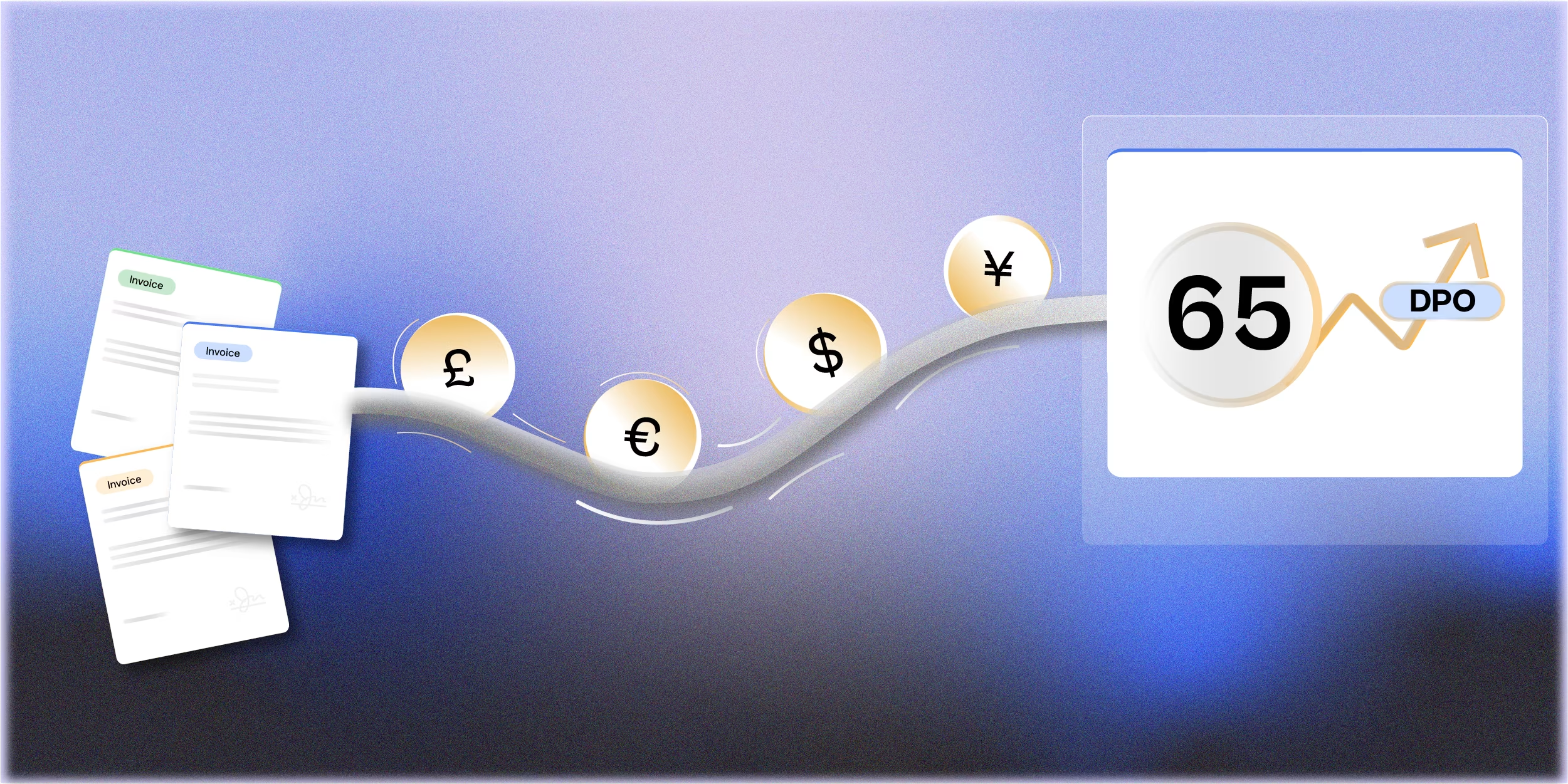Introduction
Often in the banking world, the term “payment rail” is mentioned. While the concept might be vaguely understood, pinpointing its exact nature can be elusive. You recognize its role in facilitating money transfers across various scenarios, yet the specifics of how these rails function might elude you. You might ponder the distinctions between making payments through a fintech platform like Finofo and executing a wire transfer via a bank.
In this article, we aim to demystify various payment rails and illustrate how Finofo leverages diverse payment rails to ensure each transaction is swift and economical. This approach is designed to save you time and effort while minimizing your expenses.
Understanding Payment Rails
A payment rail is the foundational network or infrastructure enabling the flow of money between individuals, businesses, financial institutions, and banks. It acts as the invisible framework that supports electronic fund transfers, playing a pivotal role in today's financial landscape by guaranteeing secure and swift transactions.
Imagine payment rails as the financial world's equivalent of air travel: an unseen network facilitating the rapid and secure movement of funds across the globe, akin to how air routes, airports, and airlines transport people and goods internationally. Utilizing a payment rail to send money is comparable to booking a flight, where you input the necessary details to ensure your funds are delivered safely to their intended recipient.
Payment rails offer businesses a multitude of applications:
- Payment Processing: They are vital for accepting a range of customer payments such as credit and debit cards, digital wallets, and bank transfers, simplifying transactions for goods and services.
- Payroll and Employee Payments: Businesses employ payment rails for electronic salary and wage distribution, enhancing payroll efficiency, cutting down on administrative costs, and guaranteeing prompt payments.
- Supplier Payments: Companies utilize payment rails for remitting payments to suppliers and vendors, often through ACH transfers or wire transfers based on the transaction's urgency and size.
- E-commerce Transactions: They are crucial for online retailers, enabling secure and smooth transactions on their platforms through payment gateways and processors integrated with these rails.
- Cross-Border Transactions: For international trade, payment rails facilitate transactions across borders, accommodating fund transfers between different currencies and adhering to global financial regulations.
- Subscription and Recurring Payments: Particularly for subscription-based services, payment rails allow for the setup of automatic recurring payments, securing a consistent cash flow.
- Peer-to-Peer Payments: Supporting P2P transactions, payment rails enable individuals and businesses to transfer money amongst themselves, useful for splitting bills, sharing expenses, and informal payments.
In essence, payment rails are the backbone of the contemporary financial system, vital for securely and efficiently conducting business operations. From payment processing to global commerce, they are an indispensable element of the worldwide economy.
Exploring Different Payment Rails
Automated Clearing House (ACH)
ACH transfers constitute a key electronic fund transfer mechanism within the United States, enabling the movement of money across bank accounts. They're utilized for a broad spectrum of transactions including direct deposits, bill settlements, and B2B payments. Renowned for their affordability and efficiency, ACH transfers are a favored option among businesses and individuals alike. Globally, analogous systems exist, such as SEPA in Europe, EFT in Canada, and CHAPS in the UK, each tailored to its regional requirements.
Credit and Debit Cards as Payment Rails
Acting as fundamental conduits for fund transfers, credit and debit cards link cardholders' accounts to merchants' accounts during transactions. Facilitated by card networks and processors, these rails underpin the electronic flow of money, securing and standardizing a myriad of transactional processes.
Wire Transfers
Wire transfers facilitate the electronic movement of substantial sums across banks or financial entities, prized for their promptness, security, and suitability for significant transactions like real estate purchases or international business dealings. Despite their reliability, wire transfers are typically costlier than alternative methods.
Real-Time Payments (RTP)
RTP systems represent an evolutionary leap in payment technology, enabling instant fund transfers between entities. With 24/7 operation, RTP systems offer unparalleled transaction speed and efficiency. Variations of RTP are seen worldwide, including Brazil's Pix, the EU's SEPA ICT, and India's UPI, each providing a modern alternative to traditional payment mechanisms, enhancing transactional convenience and efficiency.
FedNow
FedNow is a real-time payment system in the United States operated by the Federal Reserve. It is designed to facilitate instant and 24/7 electronic funds transfers between banks and financial institutions.
Key features and benefits of FedNow include:
- Real-Time Transactions: FedNow allows for immediate and near-instantaneous funds transfers, making it suitable for time-sensitive payments.
- Availability: The system operates 24/7, including weekends and holidays, ensuring continuous access to payment services.
- Enhanced Accessibility: FedNow is designed to provide access to financial institutions of all sizes, promoting inclusivity in the real-time payment space.
- Secure and Regulated: As an initiative of the Federal Reserve, FedNow is subject to strict security and regulatory standards, enhancing trust and confidence in the system.
- Interoperability: The goal is to make FedNow interoperable with other payment systems, promoting widespread adoption and connectivity.
FedNow aims to provide a modern and efficient payment infrastructure in the United States, reducing the reliance on traditional payment methods like checks and enabling individuals and businesses to conduct real-time electronic transactions seamlessly. It is part of a broader effort to advance the U.S. payment system into the digital age.







